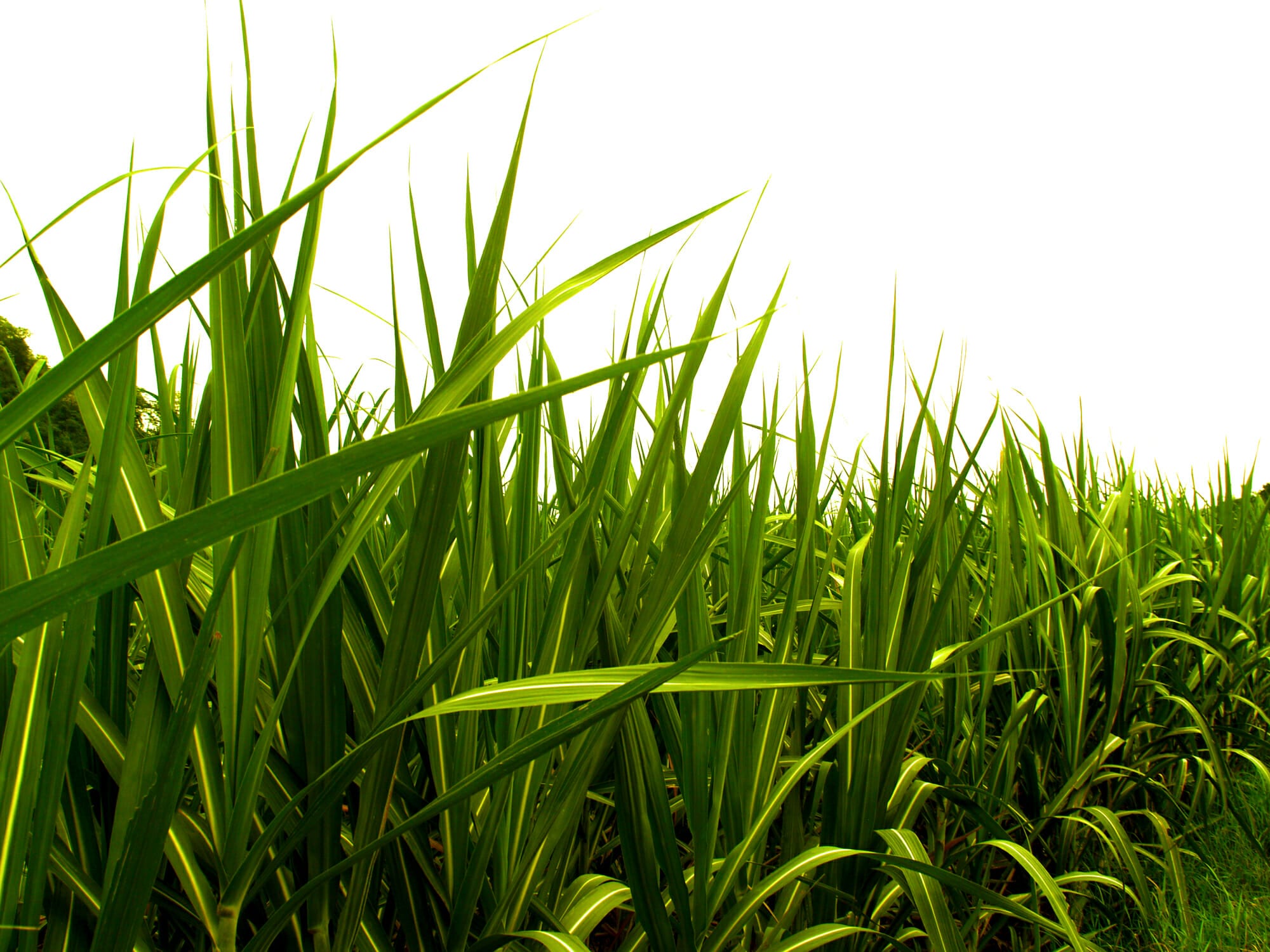Whether you have been to PoleCon before or you are planning your first visit, you…

SUGAR BY ANY OTHER NAME
Glucose.
It’s the basic form of energy we need to survive. Every cell and every process in our body is fueled by glucose. This simple monosaccharide (read: sugar) is what every carbohydrate we eat breaks down into.
Carbohydrate: Anything that comes from a plant. Lettuce is a carb. So is wheat flour. So is table sugar. So are oranges.
Every time we eat carbs, our body breaks them down into their simplest base molecule, glucose, and uses it for energy. (Or stores it as fat, if we eat more than we need. Remember, fat doesn’t make you fat–SUGAR makes you fat!).
I get asked a lot what the “healthiest” form of sugar is to eat.
Guess what? Sugar is sugar is sugar. No matter whether it’s honey, maple syrup, orange juice, or the white stuff in the sugar bowl, your body does the same thing with it. (Except for one key exception, which I’ll talk more about below, read on!) Sugar gets broken down and used for energy, and/or stored as fat. (Sugar also is being shown to be a highly addictive substance, and to cause significant and damaging inflammation down to the cellular level in the body. It causes serious adrenal issues, leads to diabetic conditions, and feeds cancer cells. Added sugar should be kept to an absolute minimum in the diet.)
Bummer, right?
There are a few sweeteners that, while still reduced to glucose after all is said and done, will provide you with minerals, anti-oxidants, and phytonutrients. These should definitely be used very sparingly, in an effort to keep added sugar out of the diet. But for an occasional treat, consider:
- Unsulfured blackstrap molasses: The final by-product of the sugar refining process, this nutrient-dense sweetener is low in sugar and high in minerals and other nutrients. It contains lots of B vitamins, iron, potassium, calcium, and magnesium.
- Coconut sugar comes from coconut flower sap. It doesn’t rapidly spike your blood sugar, and also contains lots of B vitamins, vitamin C, zinc, iron, and potassium.
- 100% pure maple syrup, the darkest you can find (grade B or C). Minimally processed, high in minerals.
- Dates: dried, wholesome, delicious dates are full of minerals and fiber. Dates can be soaked in water to rehydrate, then blended into a paste that can be used in baked goods. I like to throw whole dates into my smoothie.
Remember above, when I said there’s one form of sugar that doesn’t get processed the same in your body? Agave nectar has become very popular as a “raw and natural” sweetener. The problem is, agave is highly processed, and is chemically almost the same as high fructose corn syrup. Agave is a minimum of 55% fructose. Fructose doesn’t break down the same way as other sugars, and its processing puts a big strain on your liver. High consumption of fructose can lead to weight gain and fatty liver disease, among other things. Agave nectar is found in a variety of supposedly “healthy” food products, but really should be entirely avoided.
I do want to mention that the sugar that is naturally found in whole foods like fruits, veggies, and dairy products acts a bit differently in your body. The fiber, protein, and fat that is naturally contained in those foods acts as a buffer to slow down the absorption of the sugars into your bloodstream. This reduces blood sugar spikes and the adrenal stress that goes along with it. Fruit, for example, contains fructose, but also vitamins, minerals, anti-oxidants, and fiber, in an unprocessed package. As long as you are eating a balanced diet of about 40% carbs/30% protein/30% fat, the natural sugars you’re eating will fuel you in a healthy way. ADDED sugars and sweeteners are the bad guys we’re trying to avoid.
Latest posts by Ellen Lovelace (see all)
- Water Water Everywhere - February 20, 2015
- Fighting Injuries Naturally - February 3, 2015
- SUGAR BY ANY OTHER NAME - January 13, 2015


